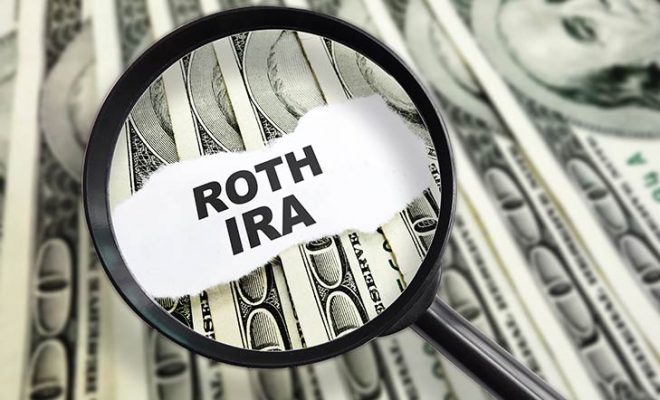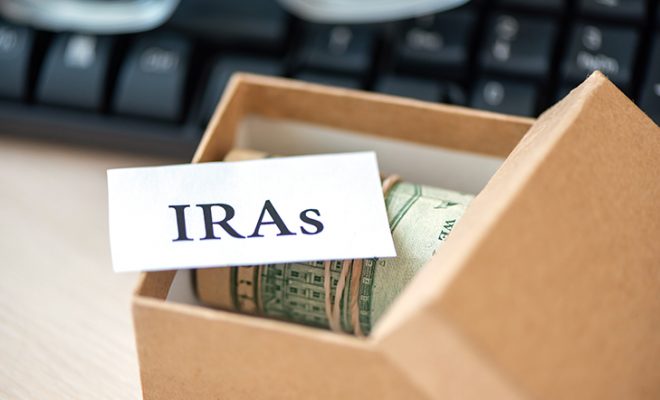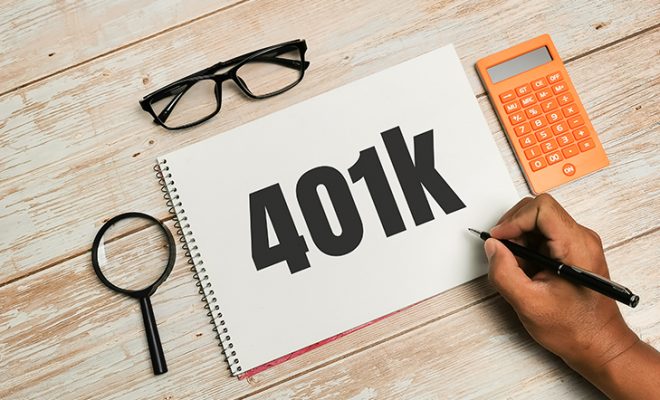8 Things to Know About Using Money from a Roth IRA

Everyone wants tax-free income. And a Roth IRA (Individual Retirement Account) is an effective medium to turn this dream into a reality. A Roth IRA is a special retirement account where the contributor pays taxes only on the money deposited, post which all withdrawals are exempted from taxes. These accounts are ideal for retirement planners, assuming their taxes are likely to be higher in the future than the present. But even though Roth IRAs offer tax-deferred investment growth and withdrawals, there are many things you should know about them.
Here are the 8 most important things to know about using money from a Roth IRA:
Eligibility criteria
The most critical thing to know about Roth IRA funds is that the IRS (Internal Revenue Service) limits the contributions made to a Roth account based on income thresholds. For 2020, for single tax-filers, there is no reduction on income less than $124,000, and for tax-filers with income beyond $139,000, no Roth contributions are allowed. On the other hand, for married and joint tax-filers, no reductions in the amount are made for incomes below $196,000. However, for people earning more than $206,000, Roth contributions are restricted. For married people filing separately, the upper limit is $10,000.
Contribution limits
To optimize Roth IRA money, it is important to know your contribution limits. You can contribute to a Roth IRA as per permitted restriction for both yourself and your spouse, provided you file taxes jointly and at least one person has the qualified income. The income and contribution limits are altered from time-to-time by the IRS. For 2020, the maximum contribution that a person can make to a Roth IRA is $6,000 annually. However, for people aged 50 or more, the contribution can be $7,000 annually. That said, the contribution allowance is granted only on earned income. This includes salary, wages, commission, bonus, freelance earnings, business profits, and other work opportunities. Moreover, $6,000 and $7,000 are the maximum contribution ceilings for one account or a combination of IRAs. If you make contributions above the specified criteria, the IRS will levy a penalty of 6% every year until the mistake is rectified.
Withdrawal restrictions
A major catch in Roth IRA are its withdrawal rules. Technically, you are eligible to withdraw funds from Roth IRA at any age or time. However, these withdrawals attract a significant penalty of 10% on the amount withdrawn. Moreover, you will also be liable to pay income tax on the earnings. But if you want tax-free withdrawals and also wish to evade income tax, then being cautious can help. As per rules, you can get tax-free withdrawals from Roth IRA, only if you have been an account holder for five years or more. You can also start your distributions after the age of 59.5 years only. Any money used from this account without adhering to these two specified rules will imply taxes and penalties. But in some specific cases, the 10% penalty can be avoided. These include situations where the money withdrawn is used to cover education expenses or for buying your first home.
Withdrawal rules
It is advisable to be aware of the withdrawal rules of Roth IRA accounts before using the money. As per IRS norms, the deductions from a Roth IRA account follow a specific structure. For instance, you can have several Roth accounts. So, when you order a withdrawal from any of the Roth IRAs, the IRS typically gives the first distribution from regular contributions. The next distribution is from conversions and Roth rollovers (as per the first-come-first-go basis), which is then followed by earnings on contributions. Even though you are eligible to withdraw funds for any reason and at any time without a tax or penalty, once the contributions are completely drawn out, the next distributions from conversions and earnings can attract taxes and penalties (if those are not qualified).
Eligible tax-free distributions
Roth IRA contributions attract penalties and taxes when withdrawn early, but there are instances where early withdrawals can be made free. These include funds withdrawn for purchasing your first home (up to $10,000) and money used to pay for education (post-secondary). That said, a few other situations qualify for penalty-free withdrawals, such as permanent disability, having more than 10% of unreimbursed medical costs, or paying health insurance premiums while being unemployed. Moreover, you can withdraw the original amount deposited early since taxes on those funds have already been paid at the time of contribution. For instance, you contributed $6,000 over two years, and the funds grew to $6,500 in some time. In such a case, you can draw $6,000 without any penalties since taxes on these funds have been paid at the time of deposit.
Contribution maximization
To maximize Roth IRA contributions, you can also use the backdoor Roth IRA strategy. Backdoor Roth IRAs are a very effective approach for those who exceed the maximum income limit and hence, cannot contribute to gain tax-deferred growth of funds. This tactic involves making an initial contribution to a traditional IRA and then making a Roth IRA conversion. If the conversion is made for the money on which taxes have been already paid, the conversion can be completely free from taxes. But if the funds have grossed earnings in the meanwhile, the conversion can attract some minor taxes. However, for this technique to work, the traditional IRA account should not hold any other money. The backdoor Roth IRA conversion can be made each year to gain significant tax advantages.
Appointment of beneficiaries
A major problem that most people encounter in a Roth IRA account is to miss out on the appointment of beneficiaries. It is important to understand that you need a beneficiary and a contingent beneficiary for your Roth IRA account. In the case of no nominees, the account will go through the tiring process of probate. The result can cause delays and pile up unavoidable fees. It is also important to review these beneficiaries from time to time to ensure that they match your preferences at each life stage.
Use of inherited Roth money
As per the recent modifications made by the IRS, non-spousal beneficiaries should take the required minimum distributions (RMD) within 10 years of the owner’s death. The RMDs in total should be 100% of the Roth IRA funds. Earlier, the IRS permitted RMDs to be distributed over the life expectancy of the beneficiary. This helped to minimize the taxes. However, as per the new regulations, if you inherit a Roth IRA from someone other than your spouse, you must make all your withdrawals within 10 years from the transfer. That said, the money withdrawn is not taxable if the account is older than 5 years. In case you fail to take the RMD in time, the IRS will impose a tax penalty of 50% on the amount due to be drawn.
To sum it up
Hosting your funds in a Roth IRA account until retirement is a sound financial strategy, provided it is in alignment with the rules and specifications. But since these can often become complex and interfere with your savings goal, it is advisable to consult professional Financial Advisors
to make the most of your Roth IRA.










